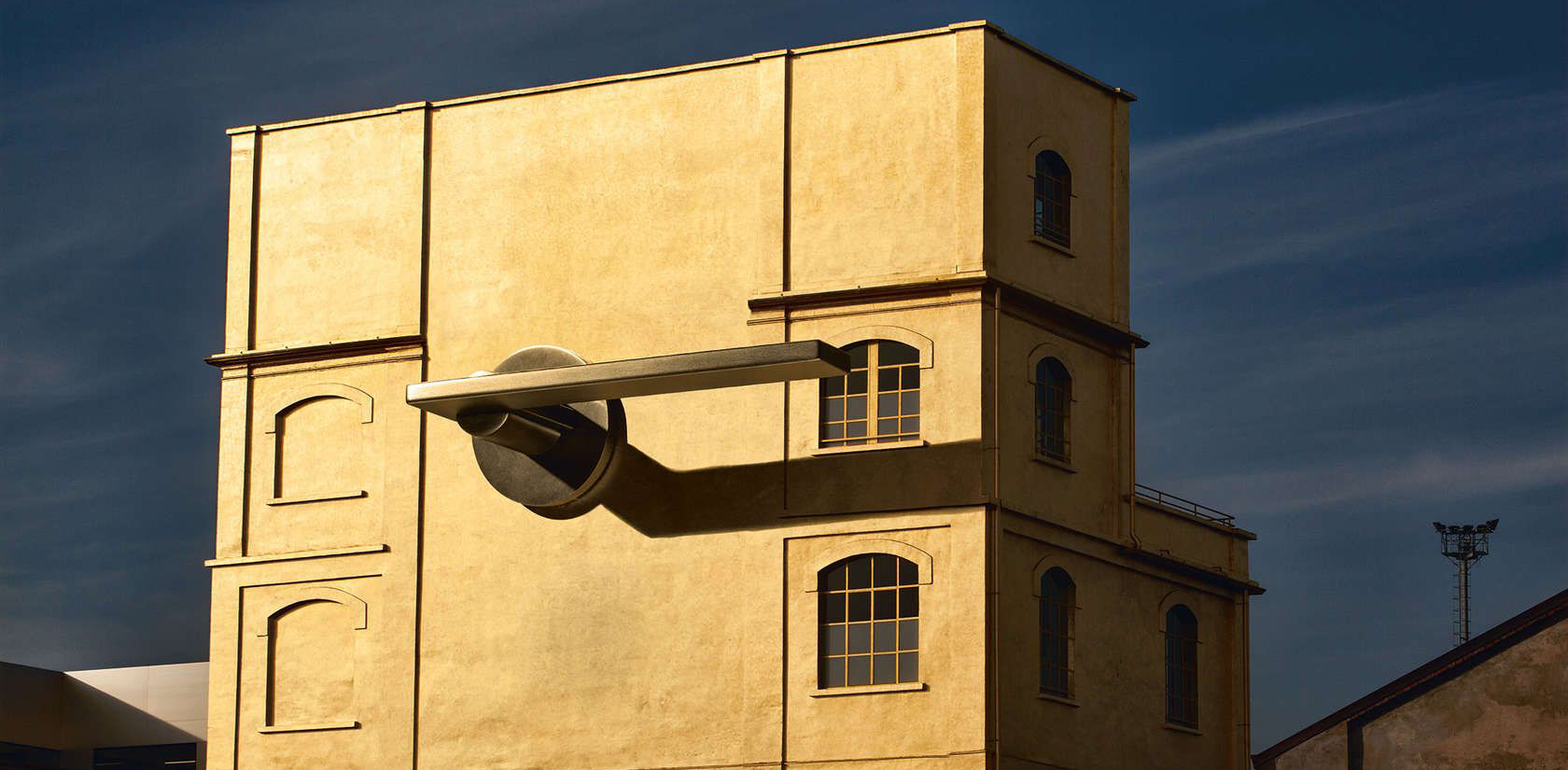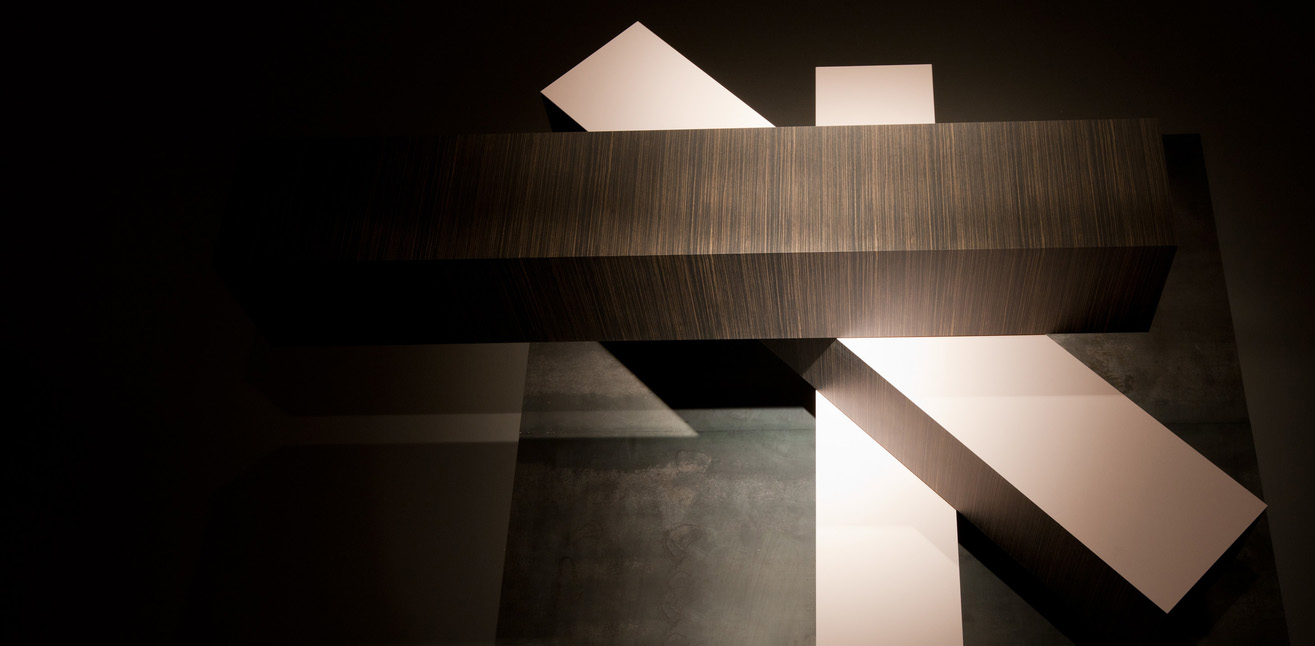Architects: Find the perfect materials for your next project through Architizer. Manufacturers: Sign up now to learn how you can get seen by the world’s top architecture firms.
As design visualization software becomes more ubiquitous and easier to use, the novelty of digital form for the sake of digital form is wearing off. These exponentially evolving conception and fabrication techniques that can now be applied to existing design problems that do not traditionally involve digital technologies bring a fresh perspective to an established craft.
Back in 2015, research initiative Data Clay looked at the ways in which leading practitioners are experimenting at the intersection of digital technology and ceramics. The range of diverse products and sculptural forms to be developed under this organization are inspired by a combination of design, art and architectural sensibilities.


“Tectonic Horizons” by Radical Craft / Joshua Stein
Curators Del Harrow and Joshua G. Stein explain that these new artisans are drawn to clay’s unfamiliarity on a larger scale and its unique material properties that make it more difficult to predict, including slump and shrinkage. While it is not as easy to work with as more stable materials such as concrete, engineered wood and steel, clay has more potential for experimentation when it comes to translating the digital to the physical.


“Building Bytes” by Brian Peters, co-founder of Amsterdam-based Design Lab Workshop
Because clay has been a useful and familiar material for over 27,000 years, this experimental research remains accessible to both the general public and specialists advancing future applications.
Now, this once-basic material is being adopted in complex hybrid systems, pushing ceramics to the forefront of innovation in the allied design fields, combining tooling from the contemporary digital era with traditional, craft- and skill-based knowledge, to offer the best of both worlds.


Collaboration between Toni Cumella and Alejandro Zaera in Aiuchi, Japan
“Unlike homogeneous materials typically appreciated for their stability, such as concrete, engineered wood and steel, clay moves in accordance with its origins in the earth, responding to changes in humidity, temperature and chemical composition,” explained the curators. “This very unpredictability necessitates another degree of exploration within digital media and research: the development of an intimacy with the vagaries of materiality — and even a craft sensibility — in order to translate digital savvy into compelling physicality.”

“Bone Scaffolding” by Del Harrow

“Digital Islam” by David Celento / DigiFabLab
As Stein elaborated, “Data Clay pushes beyond our current cultural obsession with the novelty of digital technology and instead situates the speed and ephemerality of the digital in relation to the resistant physical weight and long histories of earth.”
For more on the potential applications of 3D printing in architecture, check out the following articles:
Architects: Here’s the Problem With 3D-Printed Buildings
Skip Stone House and the Future of 3D Printing in Architecture
Create Instant Architectural Models in Midair With This Innovative 3D-Printing Pen
Research Ceramic Manufacturers
Architects: Find the perfect materials for your next project through Architizer. Manufacturers: Sign up now to learn how you can get seen by the world’s top architecture firms.









